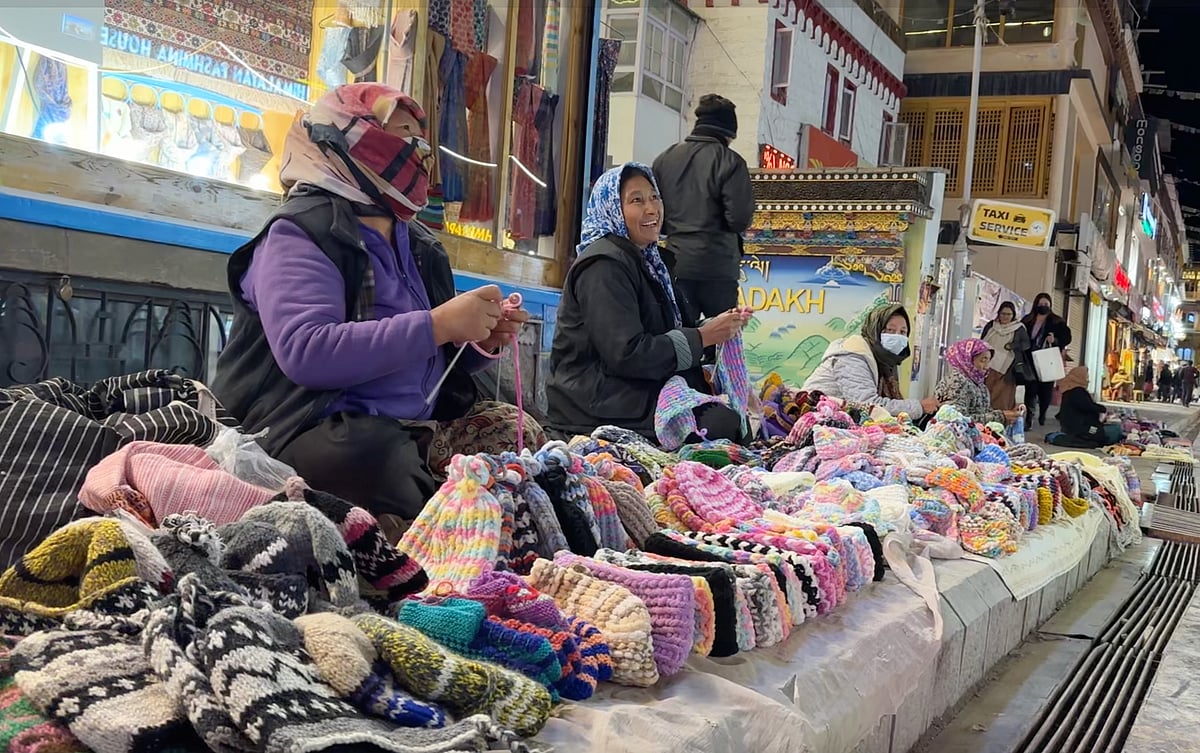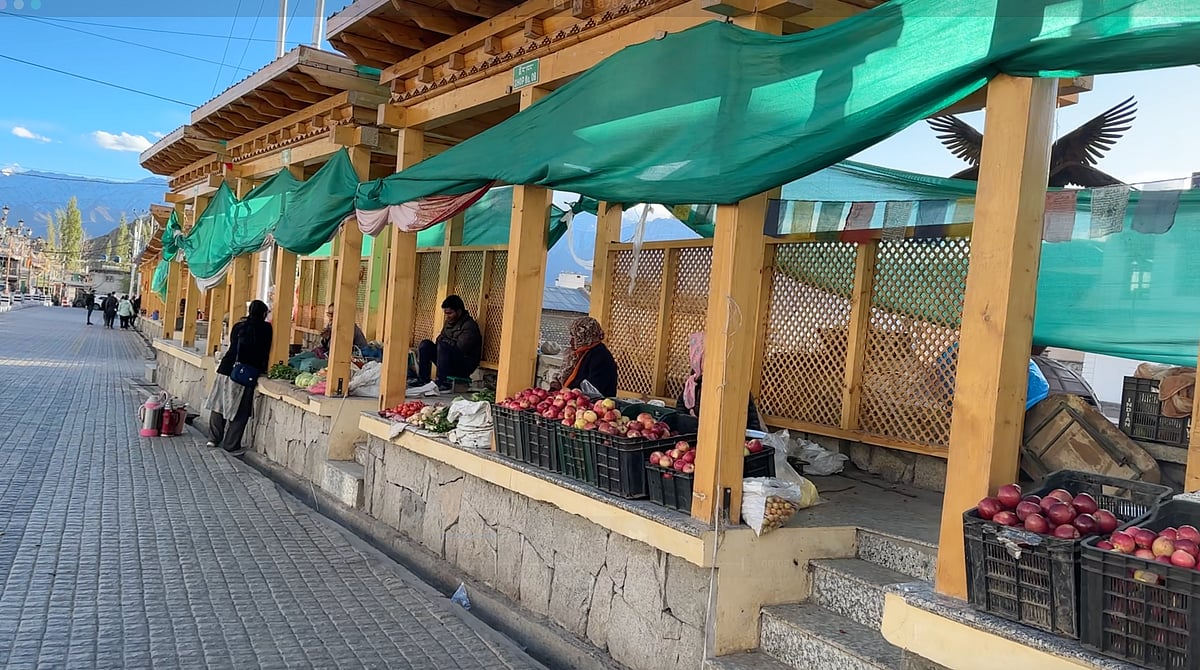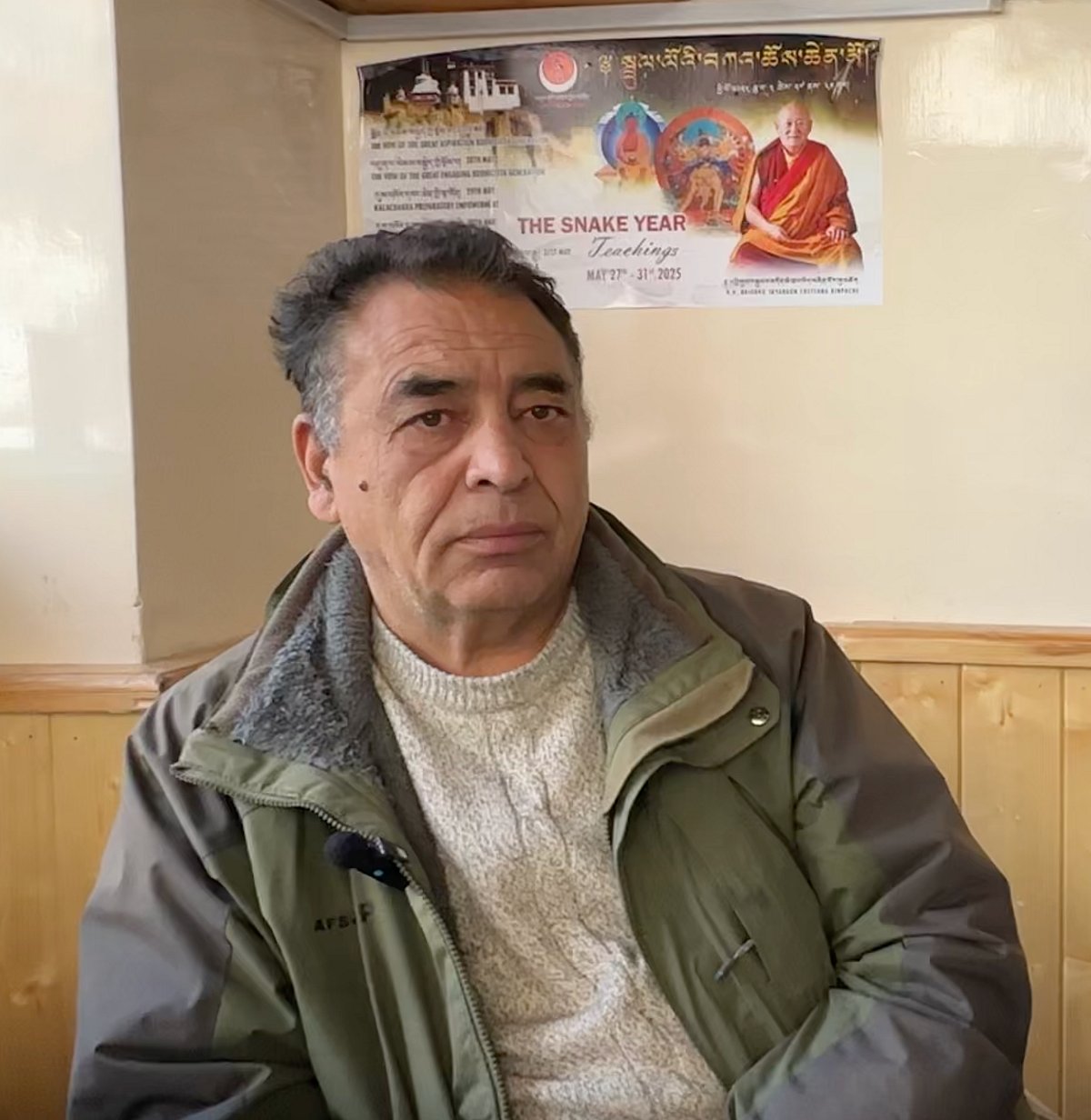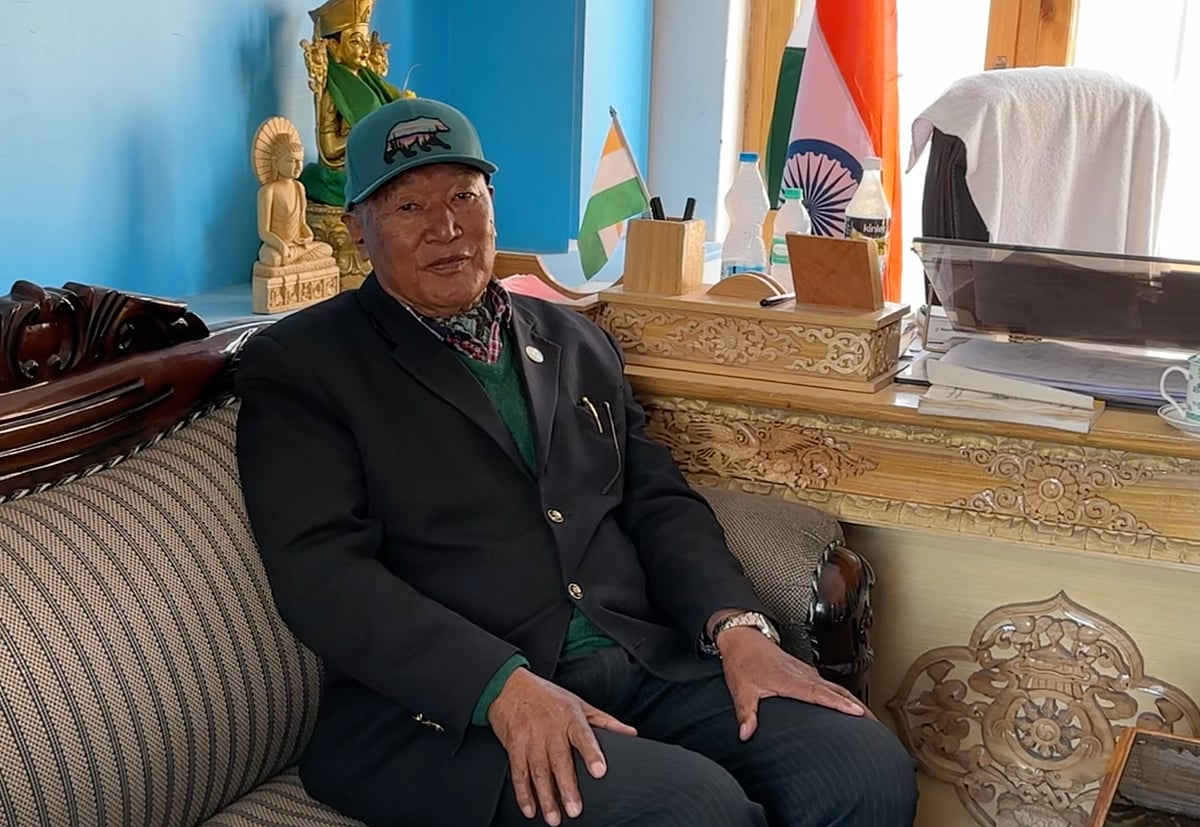Bearing witness in Leh: How do you report a story when everyone’s scared to talk?
Whether the UT administration and the central government heed the demands of Ladakhis remains to be seen but the peace that reigned in the region has been disrupted.
My first visit to Leh in Ladakh was not a vacation. At 11,500 feet, the cold desert air felt thin. But I was more anxious about finding the reality behind a story that sections of the mainstream media seemed determined to misunderstand.
Four young men were allegedly shot dead in police firing on September 24 after an otherwise peaceful protest turned violent. While Ladakh grieved, sections of the mainstream media spun theories about foreign hands and opposition conspiracies. The trust deficit deepened when Sonam Wangchuk, the region’s most prominent voice, was held under the National Security Act.
On October 8, my first day in the town, the mobile internet was still suspended, there was a curfew starting at 6 pm. I spent the day resting, adjusting to the altitude. In the evening, I walked to the Leh market for dinner. The scene struck me immediately – more shops than tourists and even fewer locals. A group of Ladakhi women sat knitting beside piles of woollen caps and scarves. Inside cafes, glass cases displayed cakes and doughnuts that no one would eat. The restaurants echoed with emptiness.

Over the next few days, NL producer Ashish Anand and I encountered the same response everywhere: fear and anger, intertwined. I must have asked over 30 people for on-camera interviews. While they were willing to speak, most refused to be recorded. “Anybody is being picked up right now. They can pick us up for interrogation,” a vegetable vendor told me. “We can’t trust anybody right now.”

To navigate this situation, we connected with a local journalist to get in touch with key stakeholders, including the Leh Apex Body and the Ladakh Buddhist Association. We also spoke to people running restaurants, working at petrol pumps, hotel staff, shopkeepers, bike rentals, and some tourists.
For a mostly peaceful population of 3 lakh, the killing of four young men was a shock. What cut even deeper was the narrative that followed: allegations of “anti-India forces” operating in Leh. Wangchuk’s NSA detention. Whispers, as one local reporter told us, of Pakistani or Chinese funding even surfacing during detainee interrogations.
The few people who agreed to interviews all claimed the same thing: such allegations and Wangchuk’s arrest were only meant to suppress their voices.

Dawa Tsering, the uncle of one of the victims, told me, “There may be no protests now but we are angry and this struggle will go on. Even if it takes our lifetimes.”
Criticising the national media for its role, Tsering added, “Media works as BJP’s puppets. They will only publish what they are told…The media keeps chanting Modi Modi. They show him cutting a ribbon, eating a cake. They don’t care about India’s progress or our economy or jobs. The media only cares about Modi.”
‘Julley’ in the streets, without joy
“Julley!”, which roughly translates to “hello”, is a joyful greeting that people there are now slowly coming back to saying. With the return of mobile internet, the reopening of schools and colleges, and the relaxation of the curfew, it seems like normalcy has returned. But unrest simmers beneath the surface.
Several people pointed to staggering unemployment in the union territory for the anger among the youth. After the abrogation of Article 370, Ladakh lost not just political representation but also the opportunity for its youth to join the Jammu and Kashmir Public Service Commission.
Tsewang, a 19-year-old from Nubra Valley, who has been studying at Jawahar Navodaya Vidalaya, talked about how young educated men who have not been able to secure jobs drive taxis in Leh.
“You will see high-end cars like a Fortuner being run as taxis in Leh. Their drivers, who are well educated, are now fulfilling their dream of a luxury car, even though they drive it as a taxi,” he added.
Chering Dorjay Lakruk, a key negotiator with the government, told me, “To hide their failures (the government), they are trying to create a narrative of funding coming from outside India. Connections with Pakistan, China, even the Gen-Z protest in Nepal, are being alleged. These are puerile allegations and nobody really believes them. They want to scare and intimidate people into being silenced. But if they think they can stop our movement then they are mistaken. This struggle will go on until our last breath.”

The LAB, alongside the Kargil Democratic Alliance (KDA), has been leading a campaign for a four-point agenda: statehood for Ladakh, inclusion under the Sixth Schedule, separate Lok Sabha seats for Leh and Kargil, and a Public Service Commission for local employment.
Civil society groups have reportedly agreed to resume talks with the Centre on October 22. But the security clampdown in Leh reportedly halted a silent march last week to mark the victims of the September 24 violence. And harsh winters are now going to practically cut off the union territory from the mainland as top Ladakhi leaders from the movement remain in jail.
Whether the UT administration and the central government heed their demands remains to be seen but the peace that reigned in Ladakh has been disrupted. The beautiful landscapes of this fragile ecosystem and its people now wait for answers and justice. Maybe next time I visit, people will have something to celebrate rather than to mourn.
Our documentary on Ladakh is out. Watch it to understand the situation on the ground and the struggle for Ladakh’s statehood.
Perhaps the festive season is making us sentimental or it’s all the firecracker smoke in our eyes, but we’re proud of the community we’ve built. And we want you to be a part of it. Click here to get a whopping discount on a joint subscription.
